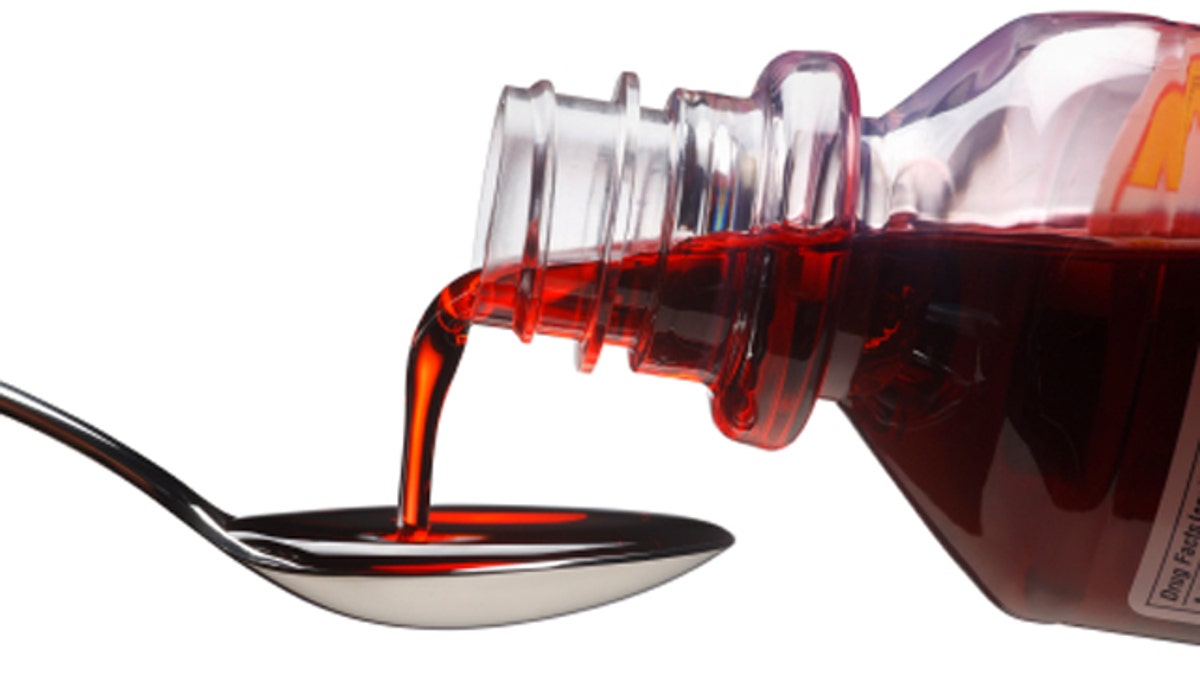
The Obama administration has dropped the ball in curbing teen drug abuse. As a father of teenagers and someone who is intimately involved in my community, never in the history of this country have I seen the amount of illegal drugs that are circulating in the streets – and personally I feel that the federal government is not doing its job.
I don’t care about officially-released ‘statistics’ manipulated to show falling drug rates--just ask any parent what’s going on in their own homes.
The problem is not only illegal drugs, but also the troubling trend of kids switching to household chemicals, or what some bureaucrats like to call legal substances, to get high. A 2011 study found that one in nine high school seniors abuse synthetic marijuana, while 15.2 percent of teens abused prescription medicines. Let me expand on just a few of these easily-accessible drugs teens are using:
Cold medicines
For years, there have been reports of teenagers abusing common cold medicines such as Robitussin, NyQuil, Benadryl and Coricidin to get high. The main culprit in these medicines is an ingredient called dextromethorphan (DXM), a cough suppressant which can cause hallucinations when used in large amounts. DXM is present in more than 80 over-the-counter cold medicines. In cases of overdose, users can suffer psychosis, brain damage, seizures and even death.
Bath salts
According to the National Institute on Drug Abuse (NIDA), bath salts typically contain amphetamine-like chemicals, such as methylenedioxypyrovalerone (MPDV), mephedrone and pyrovalerone. The drug is typically taken orally, through inhalation or by injection, the last two frequently pertaining to the worst outcomes for users. Often touted as a cocaine substitute, the NIDA said bath salts act as a brain-stimulating drug. Similar to drugs of this nature, using bath salts reportedly triggers side effects like those experienced by methamphetamine users – most notably, intense cravings. Other adverse effects can include intense paranoia, extremely high temperatures and hallucinations.
K2
K2, also known as "fake weed” or spice, is a legal substance that can cause users to experience a marijuana-like high. The compound works much like marijuana's active ingredient THC, by binding to the CB1 receptors in the brain, which primarily affect the central nervous system. It also causes hallucinations, vomiting, agitation and other potentially dangerous effects. It has been sold since 2006 as incense or potpourri for about $30 to $40 per three gram bag, which is comparable in cost to marijuana. K2 is a mixture of herbal and spice plant products that are sprayed with a potent psychotropic drug and likely contaminated with other harmful substances.
Purple Drank
Purple Drank is a potentially fatal concoction of cough syrup, Jolly Ranchers and Sprite/7UP. The most popular type of cough syrup used is prescription promethazine-codeine, and its active ingredients include codeine, a narcotic promethazine and an antihistamine. In large quantities, these ingredients can lead to sedation and altered levels of consciousness. Excessively high doses of antihistamine, in particular can cause extreme drowsiness, weakness and potentially fatal hypoventilation – the inability to breathe enough to survive.
Nutmeg
Nutmeg – yes, the kitchen spice – can also cause a marijuana-like high when consumed in large doses. One of its compounds, called myristicin, is a MAO inhibitor that makes people more receptive to other psychoactive compounds, often causing nausea. It can also produce a delirious state of mind. Many users of nutmeg have reported feeling confused, disoriented and paranoid while under the influence. Myristicin is toxic in large doses and can cause dehydration, general body pain and palpitations.
Salvia
Salvia, also known as S. divinorum, magic mint, Maria Pastora and diviner's sage, has been banned in some states, but not all of them. Because salvia is not listed in the federal Controlled Substances Act, it can be legally obtained by anyone, mostly adolescents, seeking an alternative to illicit drugs. It is most commonly chewed or smoked. When smoked, the high lasts for about 15 minutes, but chewing allows the active ingredient to mix with saliva, which causes hallucinations that can last one to two hours, according to the Center for Substance Abuse Research. Users report out-of-body experiences, sensations of traveling through time and space, and feelings of merging with inanimate objects, as well as intense synesthesia, an effect that causes the abuser’s senses to become confused.
So what’s the problem? The problem is that we have lost our moral compass. Our nation has become a country of followers. We have lost our appetite for success. Yes, I know that there’s individual responsibility, but when the whole nation is going through economic weakness, combined with uncertainty about the future--not only adults, but teenagers turn to substances because they want to forget reality. That is why I’m so worried about this current generation.
There are many problems we need to fix in this country, and the youth cannot live on hope and change alone. They need action, and now. Please talk to your kids, no matter how old, and show them that they are the engine of this country and the world.
